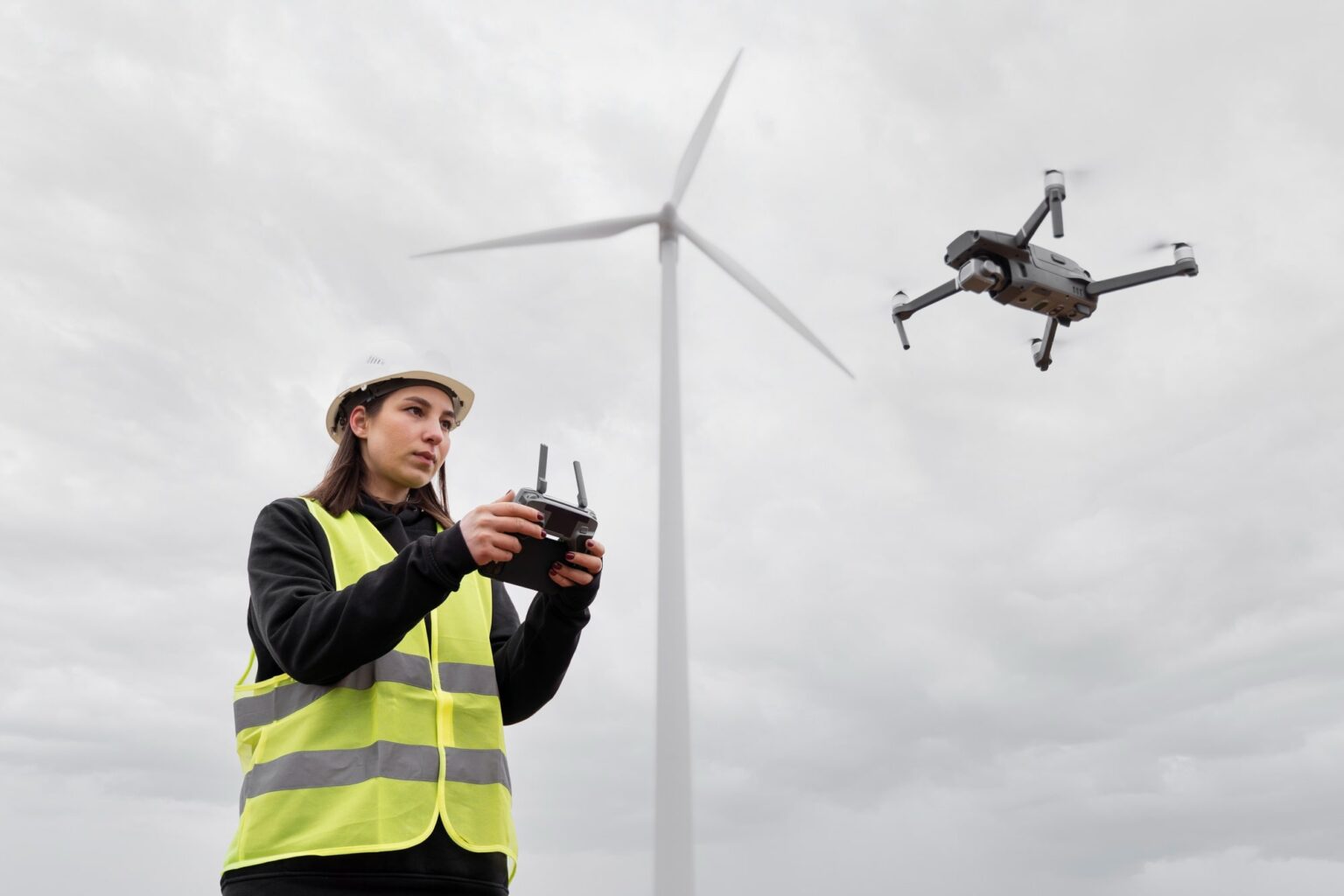Drone swarm technology has emerged as a powerful tool for search and rescue missions, providing enhanced capabilities and efficiency in locating and rescuing individuals in emergency situations. By leveraging the collective intelligence and coordinated actions of a group of drones, drone swarms can greatly improve the effectiveness of search and rescue operations. Here are some key aspects of using drone swarm technology for search and rescue missions:
Enhanced Coverage and Speed: Drone swarms can cover large areas more quickly and efficiently than individual drones or search teams on the ground. By distributing the search area among multiple drones, swarms can perform coordinated searches in parallel, significantly reducing the time needed to locate and reach survivors in remote or inaccessible locations.
Collaborative Decision-Making: Drone swarms use intelligent algorithms and communication protocols to facilitate collaborative decision-making among the drones. They can share real-time information, such as search progress, detected obstacles, or survivor sightings, allowing the swarm to adapt its search patterns and prioritize areas of interest. This collective intelligence enables more effective and targeted search efforts.
Sensor Fusion and Multi-modal Capabilities: Drone swarms can be equipped with a variety of sensors, including thermal cameras, high-resolution cameras, lidar, and gas detectors. These sensors can be integrated to provide multi-modal data fusion, enabling the identification of survivors even in challenging environments or low-visibility conditions. For example, thermal cameras can detect body heat signatures, while high-resolution cameras can capture visual details that aid in identification.
Swarm Resilience and Redundancy: Drone swarms are designed to be resilient, ensuring mission continuity even if individual drones experience technical issues or encounter obstacles. If a drone within the swarm encounters a problem, the swarm can adapt and redistribute tasks among the remaining drones to continue the search and rescue operation. This redundancy enhances the reliability and effectiveness of the overall system.
Communication and Coordination: Drone swarms employ advanced communication systems to maintain connectivity and coordination between the drones. They can exchange information, coordinate flight paths, and maintain situational awareness. This communication infrastructure enables efficient collaboration and supports decision-making based on real-time data.
Autonomous and Semi-Autonomous Operations: Drone swarms can operate autonomously or under the supervision of human operators. Autonomous capabilities, such as obstacle avoidance and path planning, allow swarms to navigate complex environments independently. Human operators can monitor the swarm’s activities, oversee mission progress, and intervene when necessary to make critical decisions.
Real-time Situational Awareness: Drone swarms provide real-time situational awareness to the search and rescue teams on the ground. Live video feeds and data streams from the swarm can be transmitted to a command center, where operators and responders can analyze the information and make informed decisions. This real-time situational awareness accelerates response times and improves the overall coordination of rescue efforts.
Integration with Other Technologies: Drone swarms can be integrated with other technologies, such as artificial intelligence (AI), machine learning, and mapping systems. AI algorithms can analyze data collected by the swarm to identify patterns, predict survivor locations, or optimize search strategies. Mapping systems can provide accurate geographic information, aiding navigation and route planning for the swarm.
Drone swarm technology holds immense potential for transforming search and rescue operations by increasing the speed, efficiency, and effectiveness of locating and rescuing individuals in emergency situations. As the technology continues to advance, with improved autonomy, communication, and sensor capabilities, we can expect to see even greater advancements in the use of drone swarms for saving lives and enhancing search and rescue efforts.



